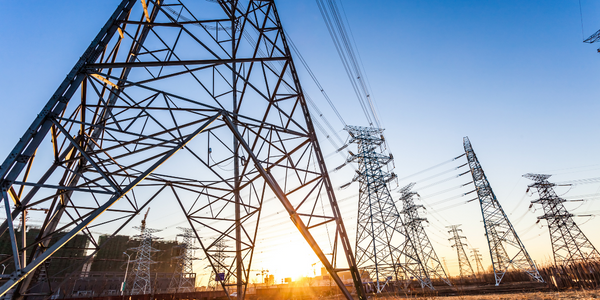Download PDF

Urbint
Overview
HQ Location
United States
Year Founded
2015
Company Type
Private
Revenue
< $10m
Employees
11 - 50
Website
Twitter Handle
Company Description
Enabling utilities and infrastructure operators to make communities safer and more resilient. Urbint is an Artificial Intelligence company for infrastructure and utility safety. We create AI-powered solutions that enable utilities and infrastructure operators to maximize risk reduction on every dollar spent and deploy the right resources to the right place at the right time.The result? Stronger infrastructure. Lower risk. And ultimately, safer and more resilient communities.
IoT Solutions
We train AI models by combining our model of the world with the historical data of the challenge at hand, enabling the AI to anticipate future instances of the challenge. By using non-linear Machine Learning techniques, the AI will even learn to identify patterns and sequences of events that have not even occurred yet.
Manage Safety, Resiliency, and Affordability
Utilities manage safety, resiliency, and affordability for their communities. Our software helps you optimize safety and resiliency, while maintaining affordability.
Manage Safety, Resiliency, and Affordability
Utilities manage safety, resiliency, and affordability for their communities. Our software helps you optimize safety and resiliency, while maintaining affordability.
IoT Snapshot
[Vendor_Name] is active in the security and public safety industries.
Technology Stack
Urbint’s Technology Stack maps Urbint’s participation in the IoT Technology stack.
-
Devices Layer
-
Edge Layer
-
Cloud Layer
-
Application Layer
-
Supporting Technologies
Technological Capability:
None
Minor
Moderate
Strong
Case Studies.

Case Study
National Grid's Successful Damage Reduction Strategy with Urbint's AI-Powered Solution
National Grid, a multinational electricity and gas utility company, had been successful in reducing damages in their downstate New York territory for nearly a decade. However, the damage rate plateaued around 1.6 damages per thousand 811 tickets. The utility was facing challenges in identifying high-risk excavations due to the large volume of tickets, which was around 600,000 per year. Furthermore, the utility was experiencing higher-than-average no call-in damages on Long Island, with 40 to 45 percent of damages resulting from excavators not calling 811 before working. Despite efforts to increase awareness among the excavating community, the utility was still an outlier in the industry. National Grid needed a solution to efficiently identify their highest risk excavations and determine where no call-in damage was most likely to occur on Long Island.





